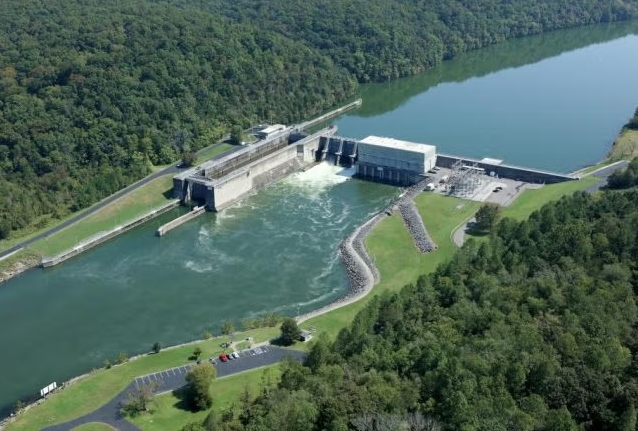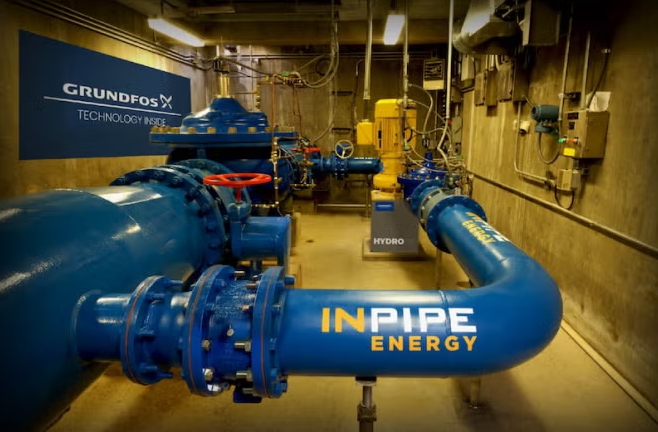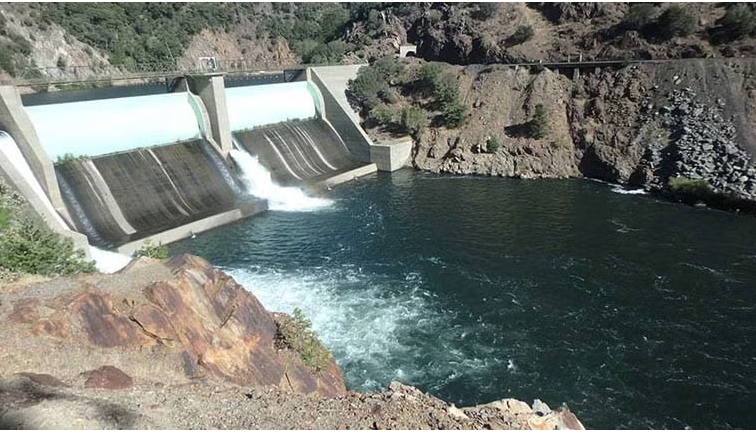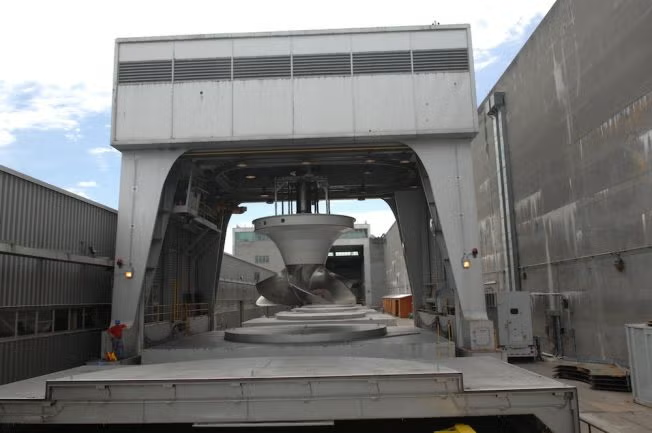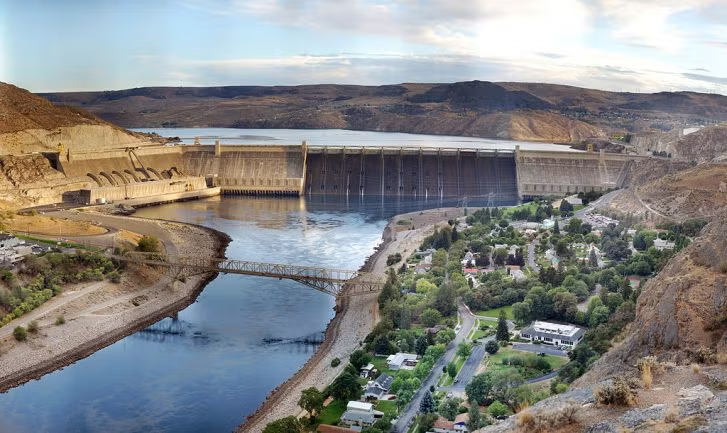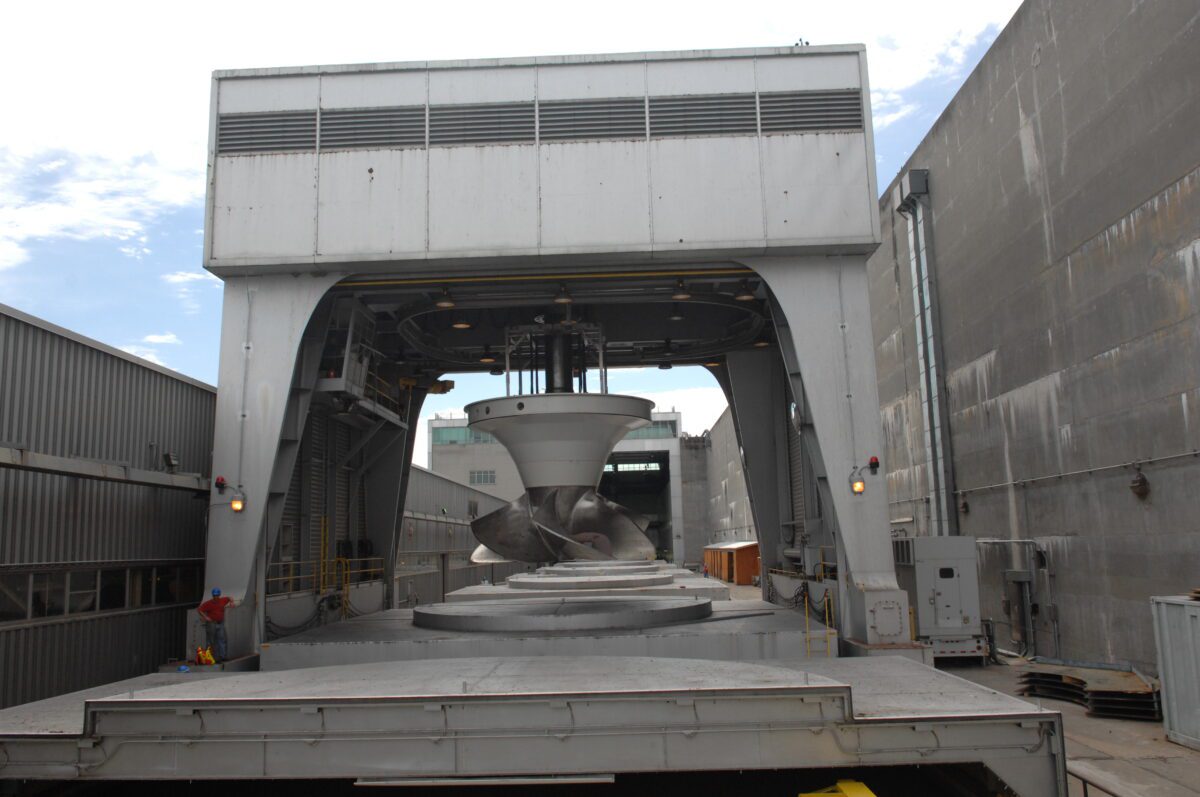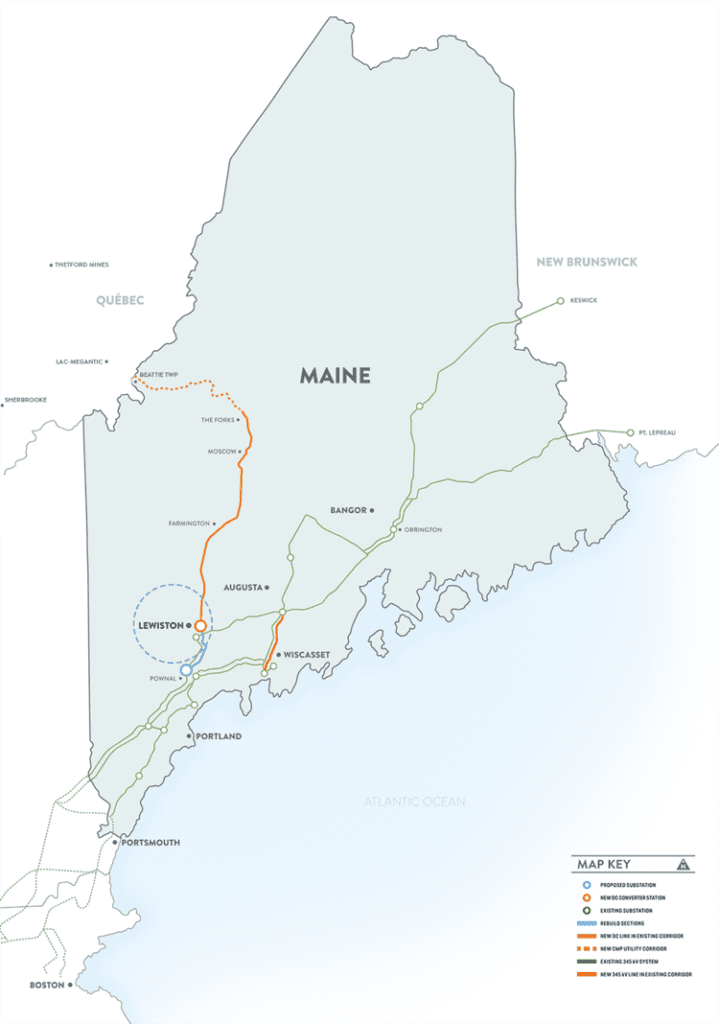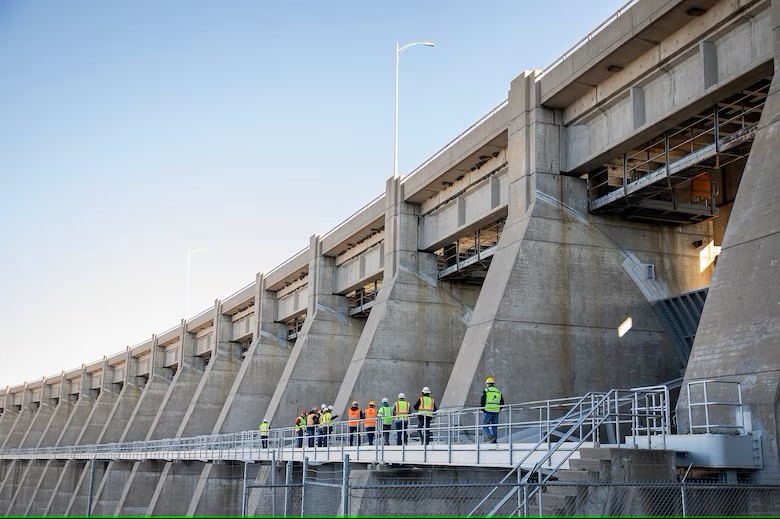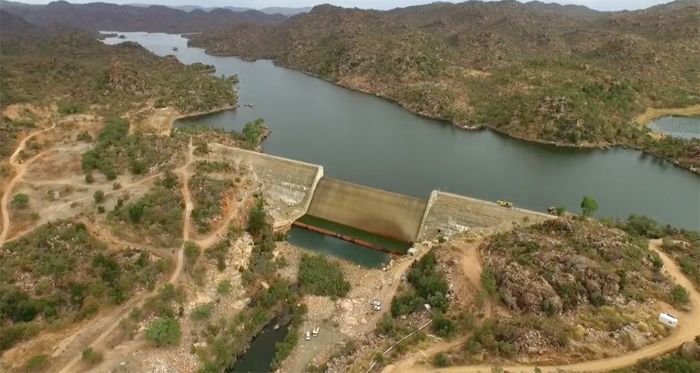
The National Renewable Energy Laboratory has released its 2023 Electricity Annual Technology Baseline, which provides updated data for two broad hydropower resource categories: non-powered dams (NPD) and new stream-reach developments (NSD).
The ATB integrates current and projected cost and performance data for electricity generation and storage technologies. It is a collaborative project led by the U.S. Department of Energy’s (DOE’s) NREL with Oak Ridge National Laboratory, DOE’s Office of Energy Efficiency and Renewable Energy, and DOE’s Office of Fossil Energy and Carbon Management.
The ATB was first developed in 2015 to ensure consistent and timely assumptions across energy analysis studies. Every year, the ATB is updated and released to include new data on additional electricity generation and storage technologies. ATB data is used in NREL’s annual Standard Scenarios that explore possible pathways for U.S. electric sector evolution over time and in the Los Angeles 100% Renewable Energy Study, NREL’s partnership with the Los Angeles Department of Water and Power to explore the costs of reaching 100% renewable electricity.
NPDs are existing dams that do not have hydropower. Studies have estimated up to 12 GW of technical potential of U.S. NPD based on an average monthly flow rate over a 30-year period and a design flow rate exceedance level of 30% at more than 54,000 dams. However, recent development activity suggests the economic potential of NPD may be lower based on current technologies. Most of this potential (5 GW, or 90% of resource capacity) is associated with fewer than 700 dams.
NSDs are greenfield hydropower developments along previously undeveloped waterways. The total estimated resource potential is 53.2 GW/301 TWh at nearly 230,000 sites after accounting for locations that are statutorily excluded from hydropower development. In general, NSD sites have smaller potential capacities with lower head than most historical hydropower projects. These characteristics lead to higher CAPEX estimates than past projects, as many of the larger, higher-head sites in the U.S. have been previously developed. New hydropower facilities are assumed to apply run-of-river operation strategies. Run-of-river operation means the flow rate into a reservoir equals the flow discharge rate, so these facilities do not have dispatch capability.
Cost projections are derived independently for the two categories. The NPD and NSD data combine calculations of costs based on a baseline and potential future cost reductions using a mix of bottom-up modeling, technological learning, input from a technical team of ORNL researchers, the experience of expert hydropower consultants, and other assumptions. The three scenarios for technology innovation are:
Conservative Technology Innovation: no change in capital expenditures (CAPEX), operating expenditures (OPEX), or capacity factor for NPD or NSD, consistent across the 2023 ATB.
Moderate Technology Innovation: near-term innovations for NPD using new materials for tunnel lining and penstock and replacement of large bulb turbines with matrix-type turbines; incremental technology learning for NSD, consistent with the Reference case in the Hydropower Vision study to reduce CAPEX.
Advanced Technology Innovation: gains expected from potential new technologies, such as modularity (in both civil structures and power train design), advanced manufacturing techniques and materials, consistent with the Advanced Technology case in the Hydropower Vision study; both CAPEX and operation and maintenance (O&M) cost reductions implemented.
A third category discussed in the report is upgrades of existing facilities. At individual facilities, investments can be made to improve unit efficiency through overhauls, generator rewinds or turbine replacements. In particular, as plants reach the Federal Energy Regulatory Commission license renewal period, upgrades to increase capacity or energy output are typically considered. The bulk of upgrade potential is from multi-megawatt facilities, with a total of 6.9 GW/24 TWh (at about 1,800 facilities) based on a series of case studies or owner-specific assessments.
In the 2023 ATB, CAPEX estimates are provided for eight representative NPD plants. The NPD sites are grouped into lock and lake design categories, each with four cost groups (Low Cost, Medium Cost, High Cost, and Very High Cost). CAPEX estimates for NPD sites are derived from a reduced-form model estimated with data for 19 reference sites selected to capture variations in the U.S. resource base. The reference sites are analyzed to understand the drivers of costs. The detailed cost analysis is extended to other NPD sites using the reduced-form model.
The 2023 ATB retains NSD data for four representative plants from the 2022 ATB. These are based on binning about 8,000 potential NSD sites by head and capacity estimates from the ORNL resource assessment. Analysis of these bins is used to estimate future hydropower deployment. The reference plants for NSD are developed using the average characteristics (weighted by capacity) of the resource groups within each set of ranges.
The 2023 ATB does not include cost estimates for hydropower upgrade potential. This is modeled in the Regional Energy Deployment System (ReEDS) model as becoming available at the relicensing date or plant age of 50 years or both.
In general, differences among the technology scenarios for hydropower in the ATB reflect different levels of adoption of innovations. Reductions in technology costs, particularly in the Advanced Scenario, reflect opportunities outlined in the Hydropower Vision study, which includes road map actions to lower technology costs. A recent analysis of NPD sites also identified potential near-term opportunities for reducing cost under the Moderate Scenario.
NREL is a national laboratory of the U.S. Department of Energy, Office of Energy Efficiency and Renewable Energy, operated by the Alliance for Sustainable Energy LLC.
